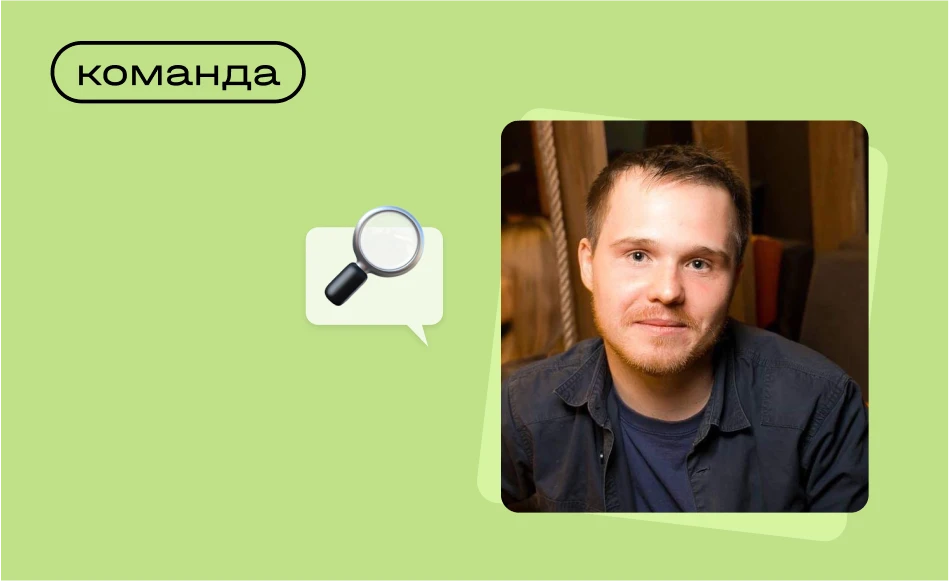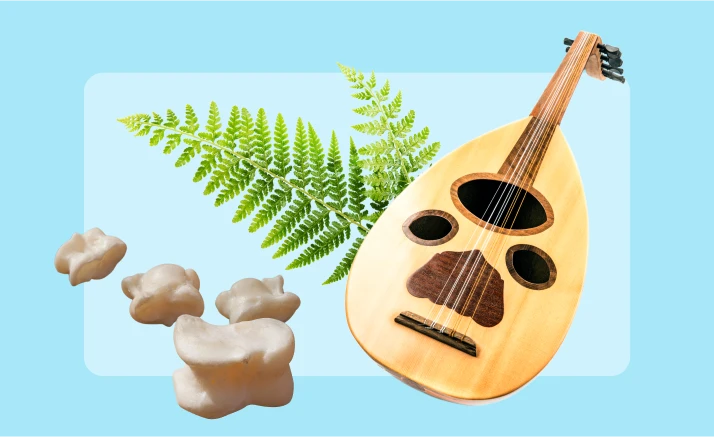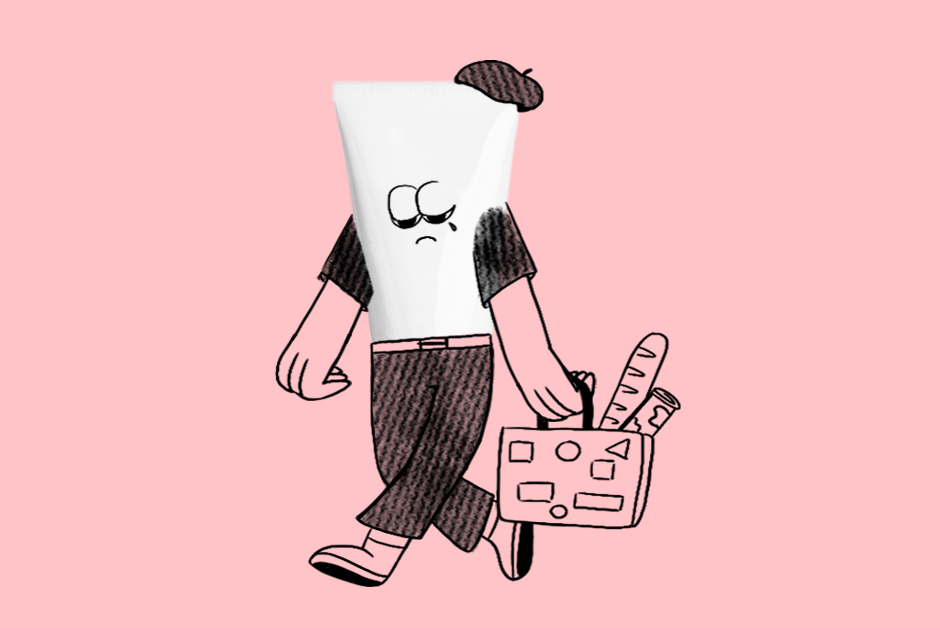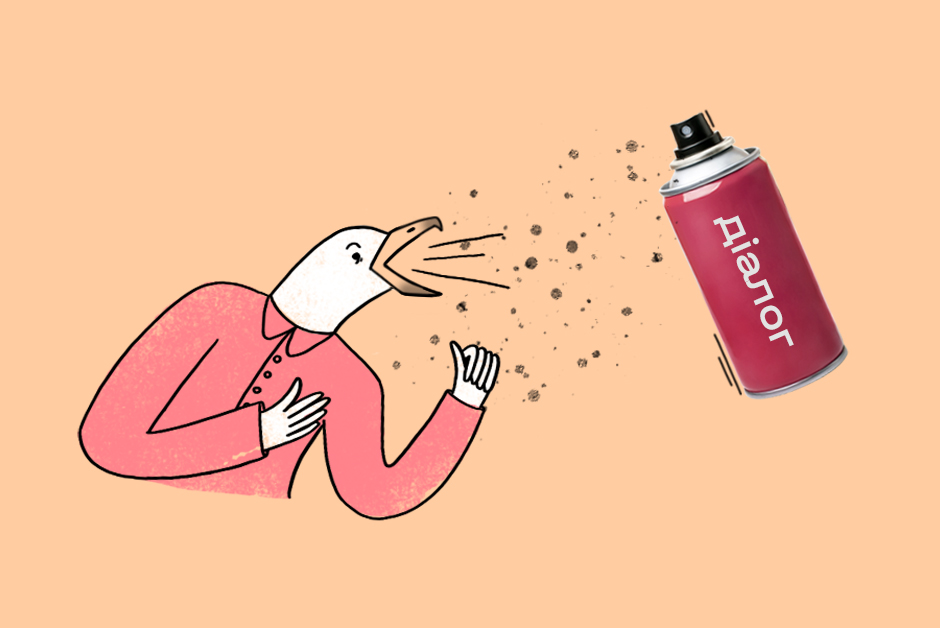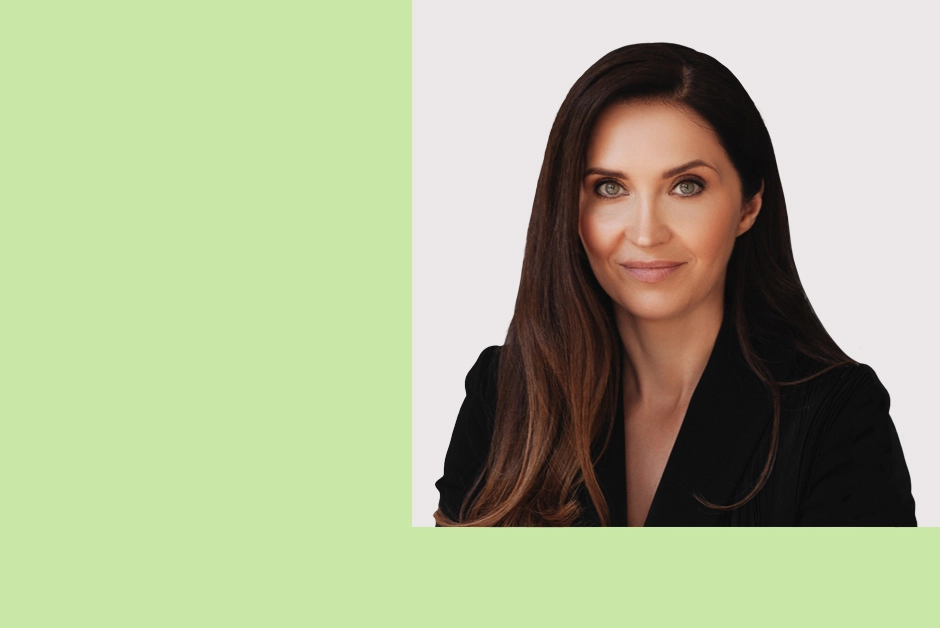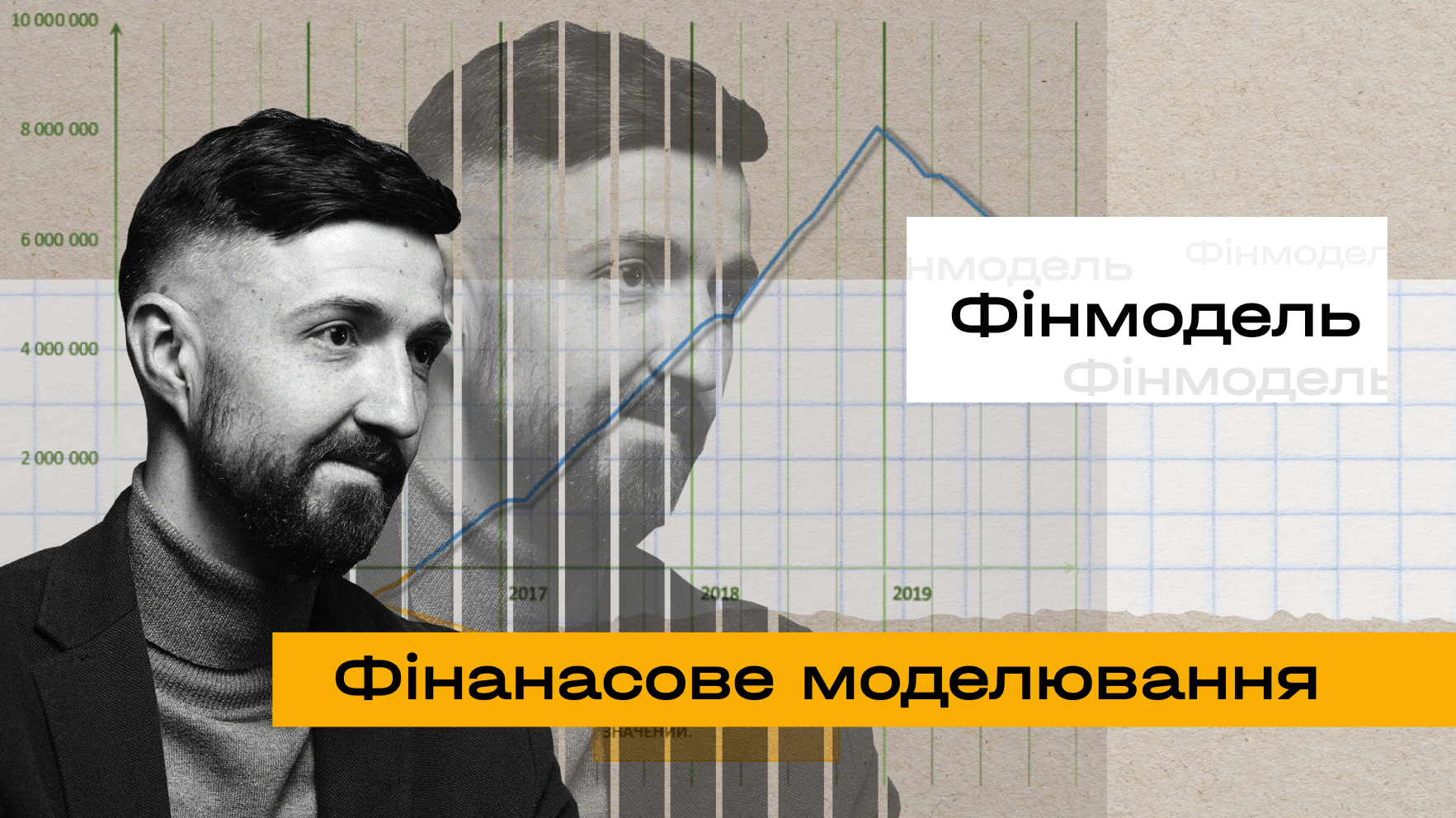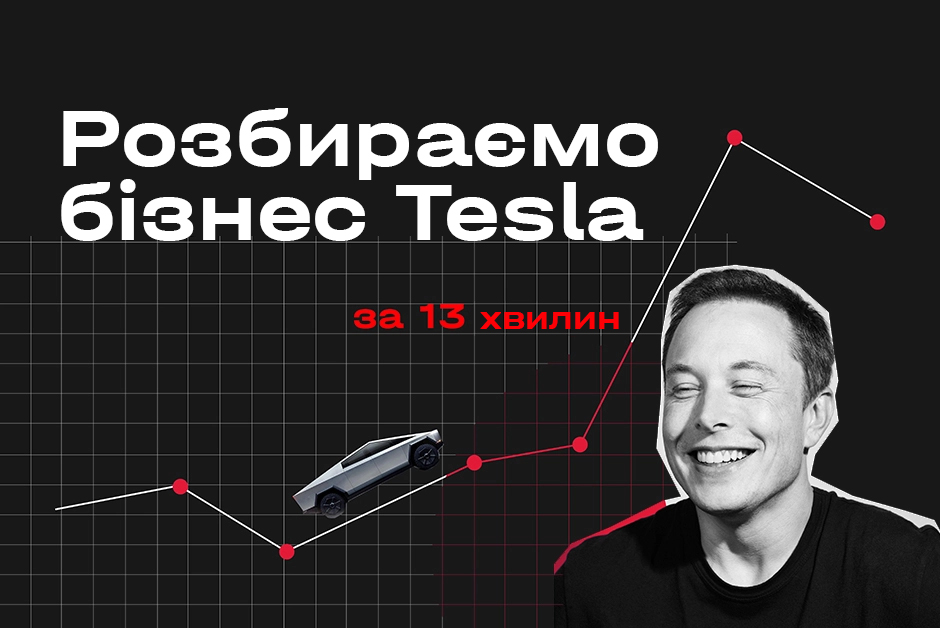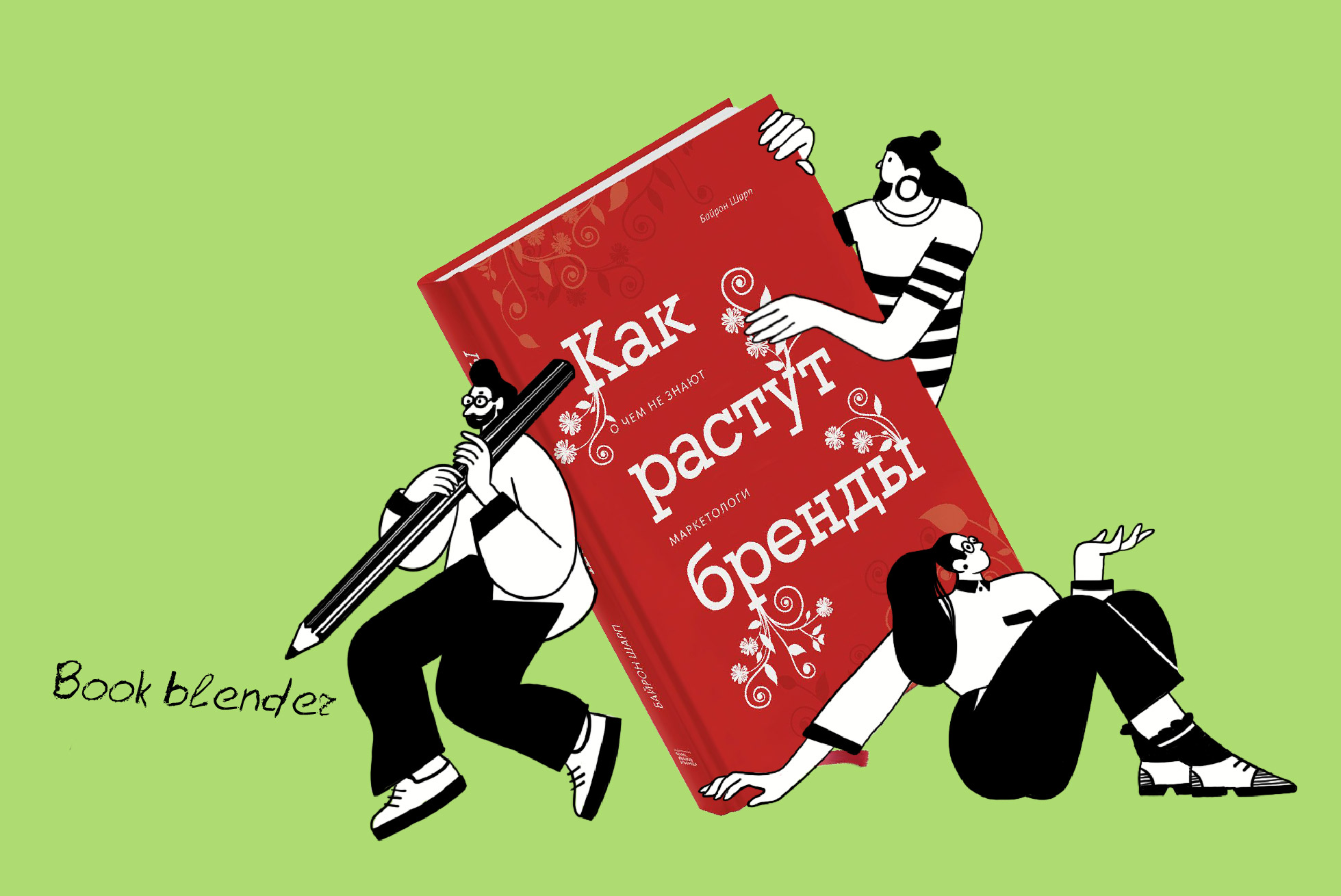As any fan of the TV show Mad Men knows, advertising is a competitive and demanding, yet fascinating and unabashedly glamorous industry. Few people know its ins and outs better than Ari Halper, the celebrated creative director whose work has garnered wide industry recognition, including an Emmy and Oscar shortlist.
As Global ECD & Head of Creative Excellence at R/GA, a leading advertising agency, Halper has helped lead several impactful campaigns. Prior to that, he spearheaded the transformation of FCB New York and Grey New York, with award-winning ideas such as the Whopper Detour for Burger King and The Gun Shop for States United to Prevent Gun Violence.
The American advertiser sat for a chat with Laba on what makes an outstanding creative director. He shares his thoughts on the art of being an audacious, yet pragmatic creator, and businessman, while also explaining how to deal with difficult clients and predicting the industry’s AI-driven future.
What sort of mindset do you need to have to become a creative director?
It's a multifaceted role, if ever there was one. Great creative directors are both great creatives, but also have a strong managerial side. I'm a very type A type B person, so both disciplined and creative, which is why I think I had such success in the role.
I am organized, but I also allow myself to have fun and put together wacky combinations, which is creativity at its core. That kind of dichotomy is important for a creative director. It’s good to have organizational, managerial skills, along with strong business and strategic sense, but also have that free-spirited, creative energy.
Is there a skill that's vital to become a creative director?
The most vital skill is the ability to foster the work of others. There are great creatives who know great work when they see it, and are capable of creating great work themselves, but it's a completely different skill to be able to take someone else's work, love it as if it were your own, and then help where help is needed, without putting your fingerprints on it just for the sake of it. You fix what needs to be fixed to make it sellable and great. All while letting people feel like they are masters of their own destiny.
The other vital skill is adaptability. As Darwin said, it's not the fastest, smartest or strongest species that survives, but rather the most adaptable. After all, our industry has drastically changed over the last 20 years, not to mention our role within it. And it’s about to change again with the advent of A.I.
But beyond emerging tech and new mediums, even our very roles call for perpetual adaptation, moving from client to client, each with their different styles. Which means you obviously can’t handle clients like Burger King, UNICEF, Sephora and BMW all in the exact same way. Each one of them requires you to have very different skills, tones, styles, etc.
So what does a creative director do?
There was a famous creative director named Roy Grace who once said that his job was to take out the garbage. To some degree, that's what we do. We pull out all the things that are not serving the work, the client or the agency. That doesn't always mean bad work, although that can certainly be a part of it. Sometimes it’s just a matter of being too much, and it’s in need of some editing.
It can also refer to taking out some of the bad energy and dynamics, or policies, that get in the way of people's creativity. I think it was Michelangelo who said that he looked at a piece of stone and cut away everything that didn't look like David.
That's what you do as a creative director. You look at things and you distil them down to the things that are important, to get the desired end result you’re looking for. So, you look for your opportunities to minimize the drawbacks.
What's the difference from what art directors do?
For starters, creative directors manage art directors. Granted, a creative director might have actually been an art director once upon a time, or a writer, designer, or even a creative technologist. You can be a creative director from any number of career paths. But art direction is more of a discipline, rather than a managerial role.
As an art director, you are the steward of the aesthetic portion of bringing an idea to life. You are also responsible for the idea, just like a writer or designer would be. But writers are responsible for their respective craft, the headlines, copy, dialogue — while art directors are responsible for the composition, photography, illustration, color grading... That’s not to say that the writer can't have a say on what the art director does or vice versa. The best creatives have a bit of a toe on each side.
But a creative director sits above both of them and looks at the totality of the idea and execution. They help to push, guide and mentor the art director, as well as the writer, designer and creative technologist to help shepherd the overall work towards a successful outcome.
Crucially, you also help sell it to the client. So a creative director is also responsible for the relationships with clients, as well as the presentation itself, scoping, hiring and firing, other HR things… whereas an art director is primarily only responsible for the work.
In the TV show Mad Men, great advertising is all about great teamwork. What’s your approach to team management?
Casting is everything. Having the right people makes your job infinitely easier. So, it’s important to identify the people who are going to get you to greatness, as well as the ones that need to go. There's a great quote by Richard Branson, “nothing discourages a great employee more than watching you tolerate a bad one.” Which means bad employees actually have a ripple effect. Fortunately, so do great ones. Like Rob Rilley is often quoted as saying, “hire great people and get out of their way.” To some degree, that's true.
But even great people crave guidance at times. So guiding with a light hand, but a decisive and clear one. Offering feedback. It helps a lot. You just want to avoid doing it for them. Not micromanaging is important.
The other thing that shifts a great deal when you become a creative director is the dynamic of competition. Because when you’re an art director or a writer and another team comes up with a brilliant idea, you inherently have that feeling of jealousy. Which is often good, because competitiveness fuels greatness. But when you get to the creative director level, if you still get those pangs of jealousy, it’s not a good thing, unless it’s jealousy of other creative directors I suppose. But if it's of your teammates, the people you mentor and manage, it can be toxic. You need to look at their work as if it's your own.
It's not unlike being the coach of a sports team. When the team wins the championship, the coach doesn’t think “Oh, I wasn't playing, so I didn't win.” Instead, a good coach thinks “I won too”, because they coached the team to get there. You should take ownership and pride in the team’s greatness, because you’re the one who helped foster it.
How do you deal with clients who are unhappy with your work?
There's a pretty wide spectrum of difficult clients or challenging dynamics. Some clients can be outright abusive, cruel, uncaring and thoughtless toward the agency. And that’s hard. Life's too short to tolerate that, especially if you have trouble on the homefront and it’s spilling over into marriages, like with Hilton in Mad Men, which was a toxic client relationship if ever there was one. With zero boundaries. And in cases like those, I think you either need to confront the client and set those limits. Or consider cutting ties before it ends up costing you great talent, or worse.
Sometimes it's just a challenging dynamic of client hierarchy. Meaning you have different levels to go through and the lower clients are trying to guess what the level above them wants. Which is always hard to guess what's in someone else's head. So you're doing a lot of work that’s not going anywhere, which ends up frustrating your team and making you less profitable.
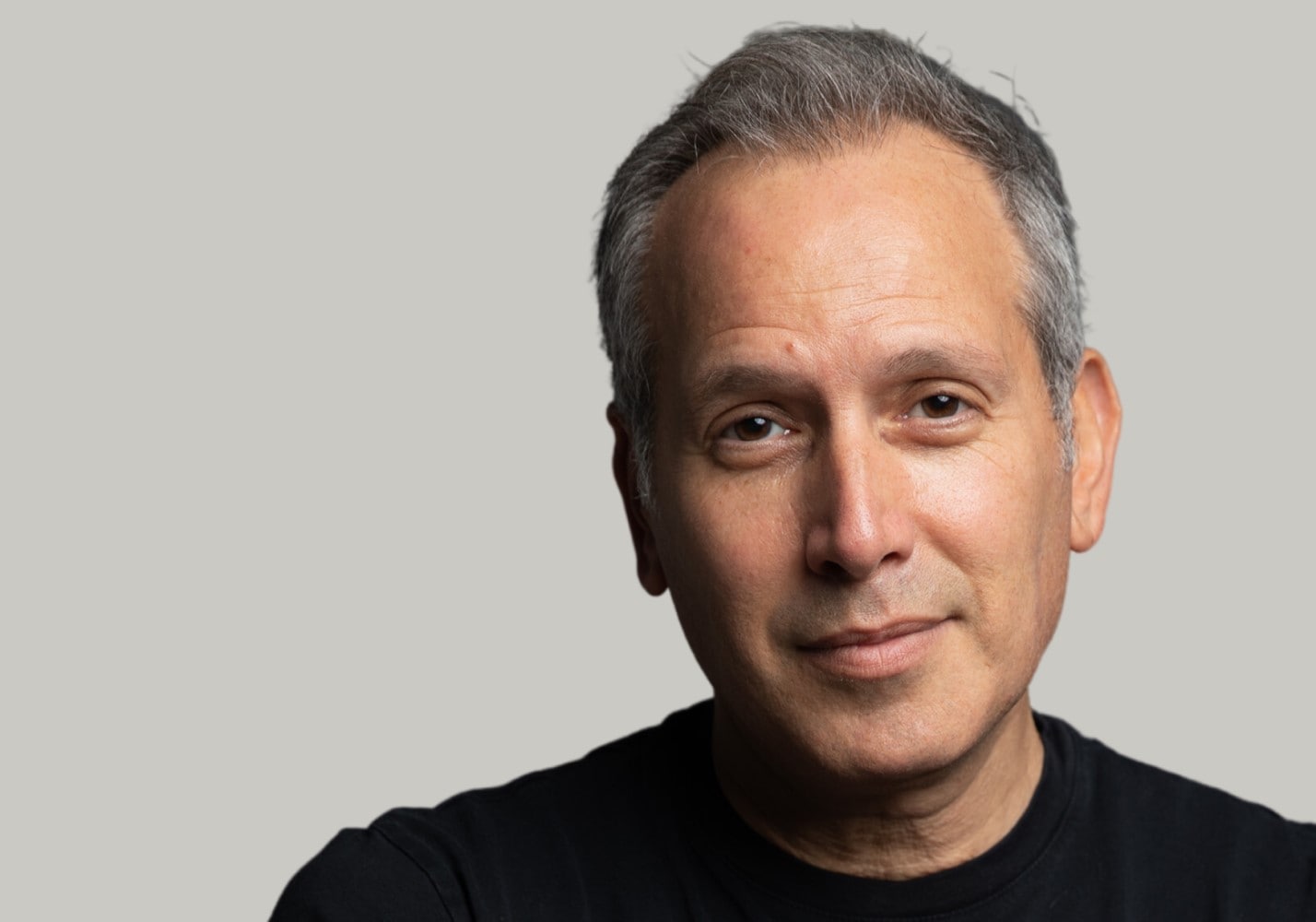
What can also happen, is that you do all this work, you listen to their feedback, you present something that addresses it, and then the top client doesn't like it and asks you to change it back to something you had already had rounds ago. In these scenarios, you try to encourage clients to minimize layers and get everybody in the same room at the same time. That saves time on both sides, making everybody more nimble and efficient. Ultimately showing them that it's a mutual benefit, and that sometimes changing their own process helps.
And then there are the clients who just don't know great work. So, the best way to go about that is to never put anything bad or mediocre on the table. Just keep showing them good work. Keep listening to their feedback and no matter what, still find a way to move the needle and improve the work.
So you never tell them that they are clueless…
That's not a good idea. Better to show them a clue. Because once they get a taste of great work, they will see how much better it performs in the market and how everybody is complimenting them at parties. They also get promoted, you help them build their career and you earn their trust. And that’s the real name of the game, because everything is about trust.
Once they see that you're not trying to do great work just to win awards, but also to improve their bottom line, what's not to love? And after you've proven yourself, they start to listen to you more. So educate them on what great work looks like and how to discern its benefits, and you’ll have a trusted partner worth their weight in gold… lions.
How do you align your creative strategy with your business objectives?
As creatives, we tend to use our creativity predominantly towards the work itself, on behalf of our clients, but if you think about it, creativity doesn’t have to end there. After all, there are inherently no limits to creativity, which is one of the things I love so much about this job.
You can be creative with your business strategy or your strategic structure. You can get creative with how you go about achieving the financial numbers that you need to hit. Even how you partner with clients and build those client relationships. Some people work on fees or commission. But there's also shared destiny, like incentivisation models. Or value based pricing and modelling. I would chalk all of those things up as different forms of creativity as well, so you can tap into those things in order to align with your business and creative goals.
Which one of your campaigns is closest to your heart?
Probably Whopper Detour, because the reasons are so multifaceted. It was an amazing group of people to work with. Clients and agency alike, all on a WhatsApp chain for almost a year, constantly exchanging ideas, along with a generous amount of memes and gifs.
It was also probably the most fun experience I had in a long time in the industry. But it was also challenging and tough.
The thing that I loved most about it though, was that it was the defining point that turned around FCB New York, which was a tough road indeed. But the epic success of Detour made it all worthwhile. And it’s funny, because back when I worked at Grey, Tor Myrhen, the current CMO of Apple, used to always say “great work fixes everything.” That was his mantra, and it's kinda true. It was a rough three years getting there, but once we did, everything really did become easier. From culture and morale to new business and new talent knocking on our door.
Beyond great teamwork, what are the key components of the ideal campaign?
Audacity is always a big thing. It was pretty audacious to open up a gun store to address gun violence, and also because there are literally no gun stores in New York City. But we did it to make the point to first-time gun owners that they are statistically more likely to shoot themselves or a loved one than an intruder.
Audacity was also important with Whopper Detour, because we were literally sending people to our client’s biggest competitor. Which seemed antithetical, almost like a zag against all marketing logic.
The E*TRADE Baby throwing up on the Super Bowl was also pretty audacious at the time. Initially the network told us we couldn't do it and that they wouldn’t air the commercial. We pushed back and ultimately we know how that played out.
And for Canon, we actually shot a film with Ron Howard that was shortlisted for an Oscar. Which was pretty audacious to think that we could work our way into the world of Hollywood. But we had this bold belief that we could, and we just went after it.
Net, net…a massive component is simply the audacity to believe that anything's possible.
Which one do you think will have the biggest impact on advertising?
By far AI. It’s going to make the internet look like a pothole in terms of disruption. But there are definitely benefits to reap, we just have to be prepared for them. Because like when the Internet came along, it unlocked a wave of potential.. And it was really Crispin with their Subservient Chicken campaign who first figured that out and showed everyone the way. It was like the industry went, “Wait! You can do that with the Internet?” And just like that, what was once seen across the industry as a bit of a lark, became an amazing, new, untapped resource to express creativity.
AI will be no different. If we tap into it and utilise it in the right ways, it will become an incredible resource that will help us achieve things never thought possible, while also making things faster and easier. For example, creating comps (comprehensive layouts)- now you don't have to spend hours or even days on Photoshop making these visuals. You can just put in the right prompts to get what you need in seconds.
To that point, however, one of the most valuable skills over the next few years is going to be AI prompting. I remember the days of searching Google for images to make comps. Oftentimes when I was looking for an image that my art director needed, I would find it relatively quickly, whereas someone else would need more time or couldn’t find the right image at all. But in truth, it really came down to the quality of words that you used to search on Google that gave you those better results.
I think it will be similar with AI. The quality and speed of your output will be a direct result of the words you put into those prompts. That's where a huge portion of the disruption is going: how to prompt AI to get where you need to.
The much scarier part of AI’s disruption, however, is the ability for the English language (or any language for that matter) to now be the new language of coding. Because with OpenAI you can code apps and software to do things and run their own diagnostics, checks and improvements all through prompting. Meaning anyone will be capable of coding anything. Gulp.
Many people fear they will lose their jobs because of generative AI, but I guess there’s no such risk for creative directors?
Nobody knows for certain. It’s definitely possible at some point in the future. But so far, AI has to reference something that already exists: text, images, films, sound. By default, it can't create anything that would be totally absurd. It would never come up with a Whopper Detour, for example, because it makes no sense.
That's the advantage the human mind still has over it. But it can help you get to ideas and other things faster and save time making comps, so that you can spend more time coming up with ideas. And who doesn’t want more time to think?
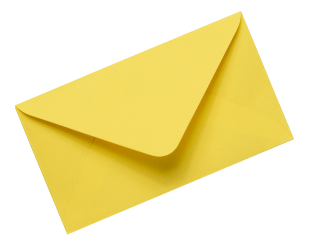

Бажаєте отримувати дайджест статей?


